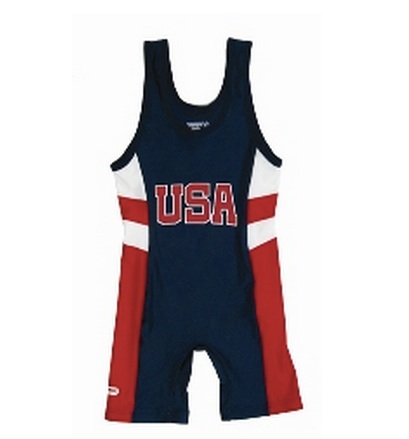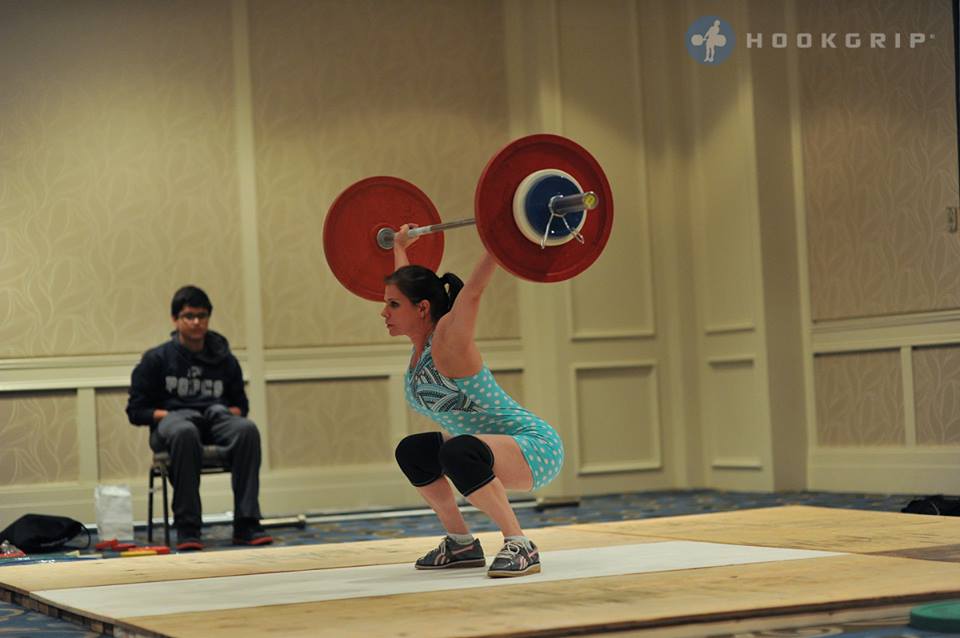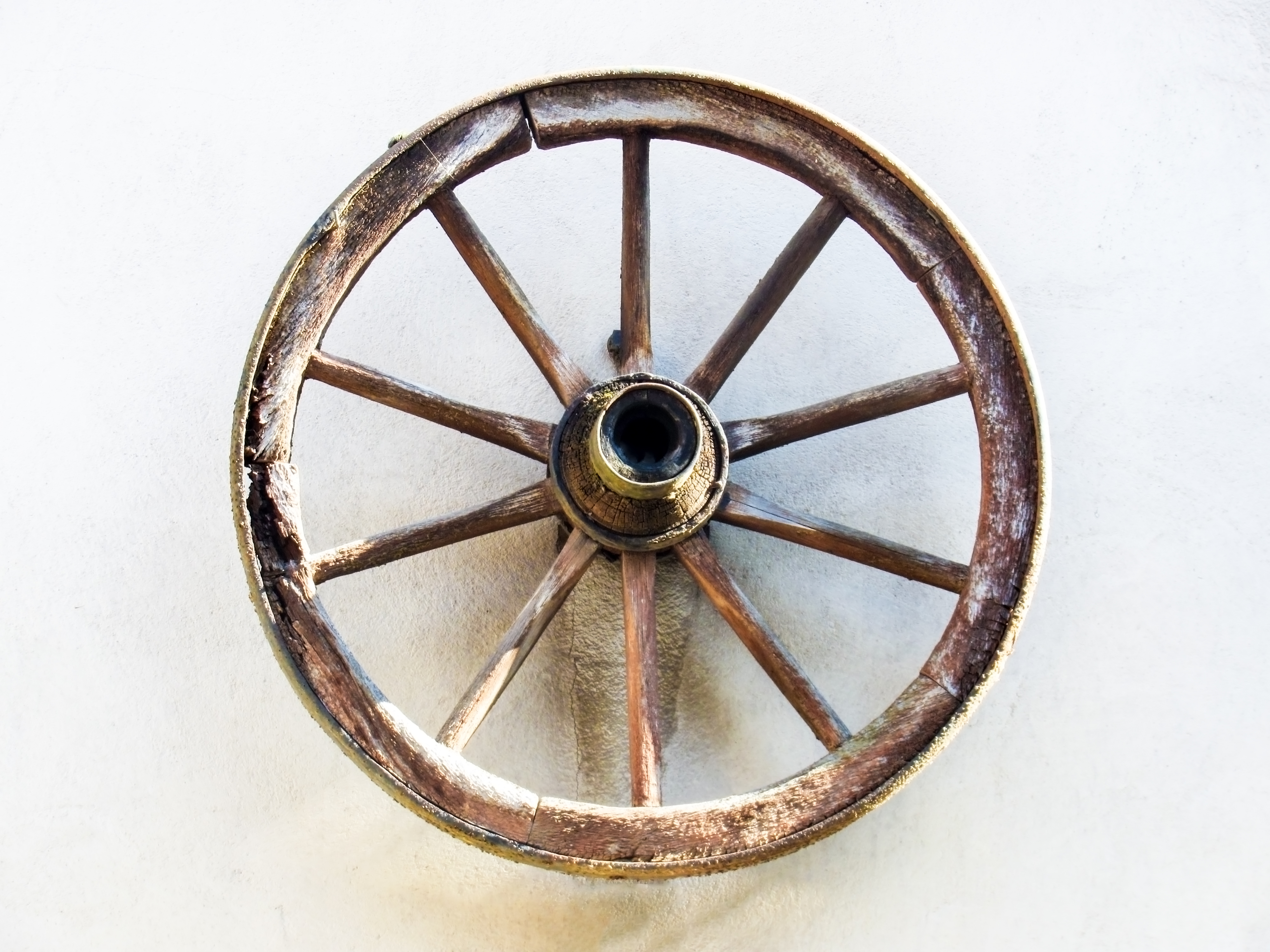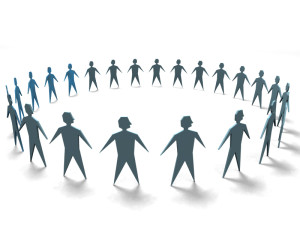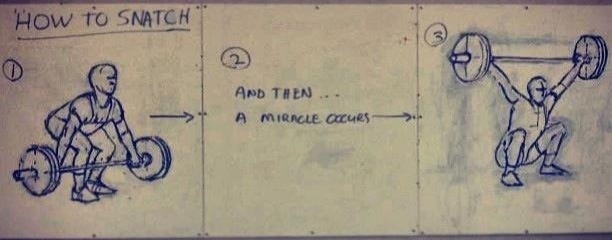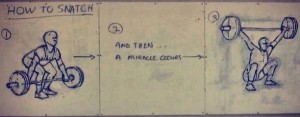For those who don’t compete, olympic weightlifting is divided into four groups: youth (the under 17 crowd), juniors (the under 20’s), senior (20-35) and masters (35 and above). These are not inviolable divisions. I watched a 14yo girl snatch a US record at the American Open this year (ostensibly a senior event) in the same session as last year’s 53kg masters champion who is 47 years old.
The competition I went to this past Friday was Masters Nationals, so a national level competition for lifters over the age of 35. It is further subdivided in 5 year age increments, so 35-39, 40-44, etc as well as the traditional international weight classes.
It was an amazing experience for a variety of reasons. First, to see 80+ year old lifters still competing with good form (albeit with more power receipts than full squats) was encouraging. Having found this sport late in life, it’s nice to know that there is still a place to compete and encouragement for people who worry more about hormone replacement than hormone surges.
Second, it was held at LSUS (Louisiana State University Shreveport) the home of Kendrick Farris, two time olympian and a nationally competitive weightlifting team.
But most importantly, it was the culmination of a year of training, studying, worrying, and discussing these two lifts for me personally. It was a chance to qualify to compete at the masters world championships in the fall. It was an opportunity to prove to my family that their support wasn’t in vain.
First, the good news. I am now the 53kg/45w national champion. I lifted a total that will allow me to go to Worlds and compete against some of the best lifters in my age and weight class from around the world.
But now, the analysis. As meets go, it was actually fairly awful for me. I went 1/3 on the snatch and 2/3 on the C&J and both were far lower than I had planned. My total was lower than either my first local meet and the Texas State Championships.
So what did I learn? I learned the timing of warming up. I’m a lifter who does best very warm. So I started a little earlier than everyone else with my foam rolling and standard warm-up maneuvers. But then the session in front of me went over and I ended up lifting about 30 minutes later than I had planned. Rookie mistake to be sure, but I probably should have been paying more attention to that. So I hit my opener easily in the back, then got cold, missed it on first attempt, went up a kg, got it, but was frazzled and missed the third attempt forward from overhead in the hole.
I noticed when I went to the back after finishing the snatches that I was sitting in what I consider a meek and sad position. Arms folded around my middle, kind of hunched over. So I decided to shake my disappointment at the crappy snatches by adopting a power pose – knees out, chest up and back, arms out to the side taking up space. It really did help me get back in the game and get focused on the second half of the competition. I convinced by brain (though adopting a physical pose) that I wasn’t pitiful and was still in the game.
Cleans and especially jerks are harder for me technically than snatches. I don’t work them as much because a) I like snatches more (and yes, I realize this is not a mature way to train) and b) since snatches were initially more challenging, I spent more time focused on them. So my C&J aren’t the big powerhouse savers for me that they can be for other people and that is most surely going to be a big focus going forward. How? Squats, leg power, plyo accessory movements and simply more reps from the floor.
My competition cleans have been overwhelmingly power cleans which means I’ve got a lot more kgs in me if I can just trust myself to get under the bar. What I noticed with both cleans and snatches this competition is that I can get even heavy weights up to my eyebrows, so strength ain’t the issue. Technique and speed most certainly are. Part of technique is keeping the bar closer so that I can just scoop under it after the second pull is finished. So there’s my homework for the next 5 months.
Jerks just need work. I just started playing with squat and power jerks, and who knows, maybe I’ll end up there because I’m much faster down in a squat than a split. But I am going to keep working on my split jerk for now, with more aggressive feet and moving back leg first and landing with front leg at 90 degrees, not with knee over toes.
With snatches I need to strengthen the overhead position. What good is it to get it overhead than lose it because you can’t lock it out? Sots presses, heaving snatch balances (learned courtesy of the Catalyst website) and static overhead holds around 200% of max snatch is my plan there, along with more behind the neck push-press work at “stop being such a giant candyass” weights (as opposed to what I often lift).
All this may sound very negative, but overall I’m pleased. I learned a lot about competing, about training about my weaknesses and even discovered a few strengths.
And if I choose to go to Copenhagen for Worlds in September, I’ll get to wear a USA masters singlet. That will be an extraordinarily proud day indeed.
If you want to see a slomo version of the snatches here it is:
